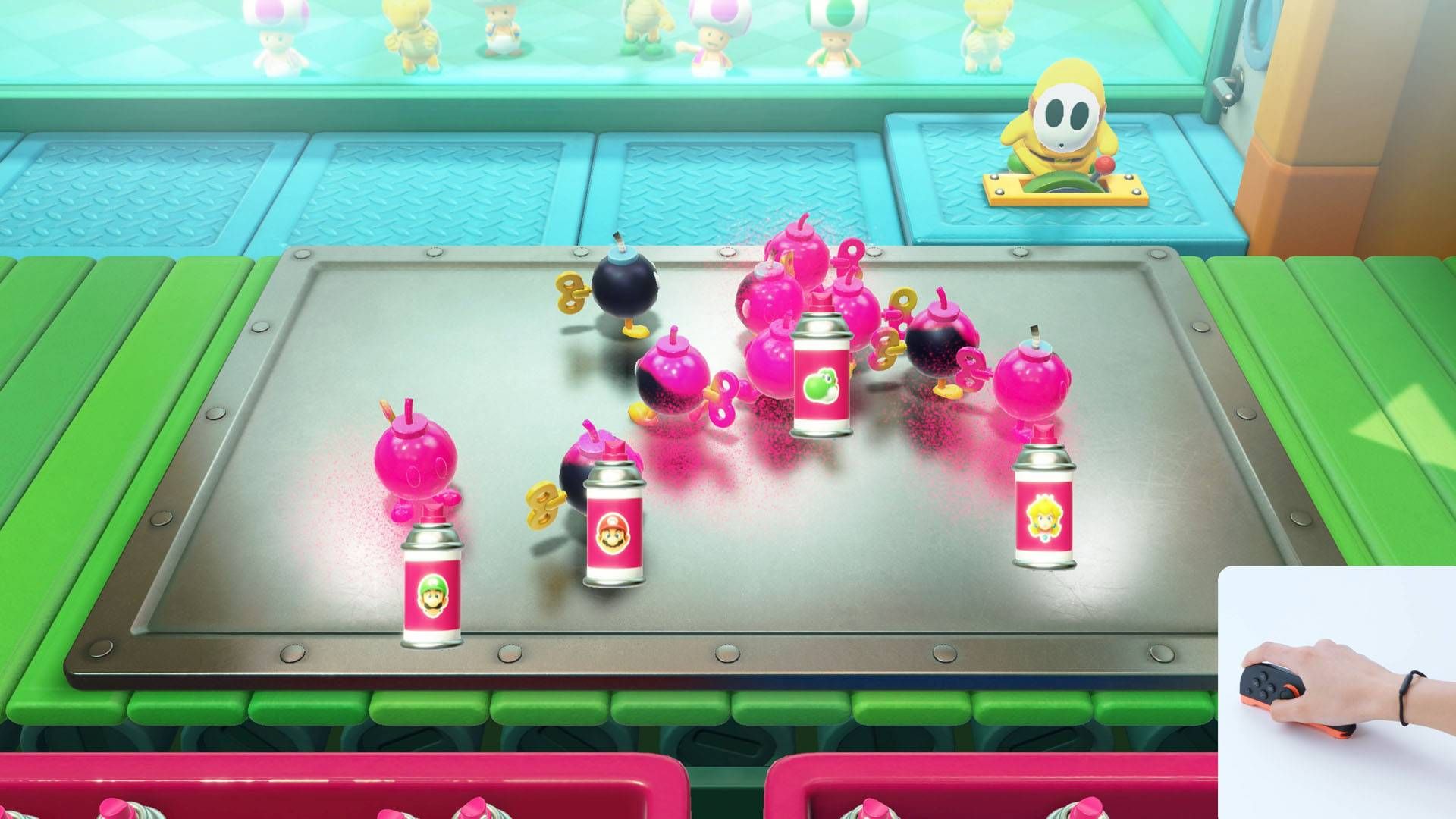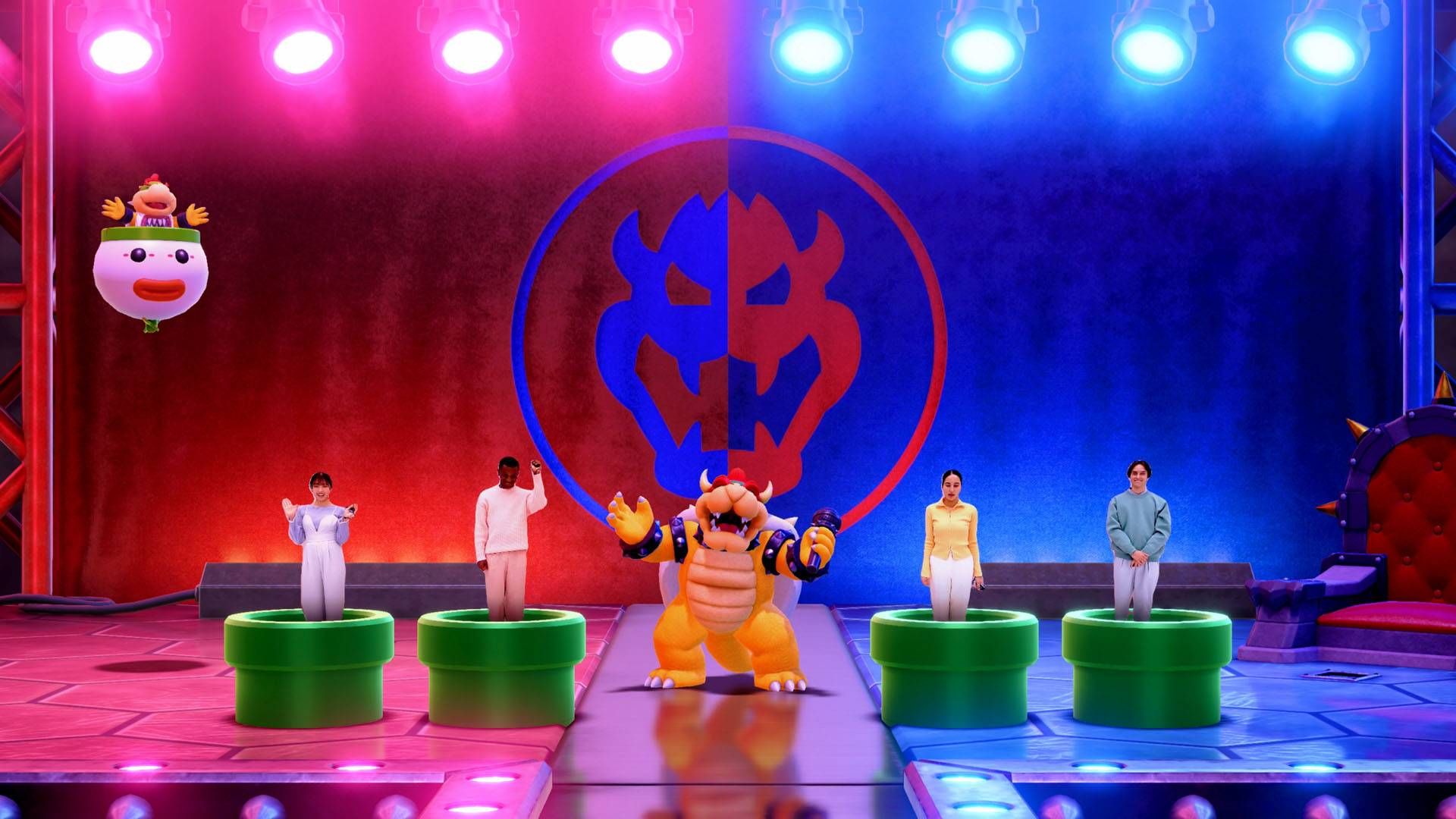Super Mario Party Jamboree: Should You Upgrade to the Switch 2 Version?

Super Mario Party Jamboree was already well-received upon its debut on Switch, but the arrival of the updated edition for Nintendo Switch 2—including the “Jamboree TV” expansion—significantly expands its scope and scope. The experience, already robust and rich in content, is enriched with new modes, new forms of interaction, and a revamped visual interface, designed to take advantage of the new console's technical capabilities. There are several ways to get your hands on the Switch 2 version of the game: upgrading from the Switch version, if you already own it, will cost €19.99. If you buy the full game directly on Switch 2, you'll need to spend €79.99 for the digital edition, the same price as the physical version, which comes with the full software on a cartridge.
For those who haven't tried the title yet, the foundation remains that of a classic Mario Party, with simple rules, turn-based play on dynamic boards, accessible minigames, and a strong casual component that keeps the competition alive until the final roll of the dice. The package is designed to accommodate players of all ages, with support tools like selectable handicaps, making the experience suitable even for younger players or those less accustomed to video games.

The first significant new feature in the Switch 2 edition is the ability to choose, right from the start, between the original version of the game and the new "Jamboree TV Mode." This second mode introduces a visual format inspired by game shows, supported by the use of the console's camera, microphone, and mouse. The aim is to transform the match into an interactive spectacle, in which players' faces are recognized, framed, and projected into the game scene, helping to generate hilarious situations and strengthen local engagement. This is a direction clearly designed for playing with family or friends, less suited to online matches, but perfect for a night at home.
The technical innovations also bring a clear qualitative leap in terms of presentation: the interface is cleaner, the models are more defined, and the visual effects (including volumetric lighting and ambient reflections) bring the title closer to Nintendo's current graphics standards, without disrupting its colorful and accessible identity. The ease with which the video camera mode is activated and configured is surprising, with a simple and intuitive facial recognition system designed to immediately put even those who aren't tech-savvy at ease.
The most surprising aspect, however, comes from the new mouse mode, which includes around twenty minigames based on the direct use of the Switch 2's mouse: activities like air hockey, mail sorting, dominoes, and electrical obstacle courses are more fun than expected, generating chaotic dynamics and moments of pure comedy. Added to these are the voice minigames, in which the use of the microphone allows you to shout commands, load objects, or simply react in real time: again, these aren't so much revolutionary innovations as tools to increase the game's physicality and unpredictability.

In addition to the TV mode, the update also introduces new rules for standard matches, with two particularly successful variations. The first shortens the length of matches and makes them more intense thanks to duels and more frequent rewards; the second, team play, encourages duo play with shared tools like double dice, cooperative spaces, and shared strategies for collecting stars and coins. Together, they represent a significant expansion of the title's longevity, adding variety without overcomplicating the formula. Other smaller but interesting modes round out the package, including "Jamboree Express," an on-rails shooter to be played in pairs, and "Bowser Show," a zany event where you compete in unpredictable minigames and interact directly with the infamous Koopa King, including via voice commands and the Switch 2's camera. These are add-ons, sure, but they add further depth to an already extensive offering.
Super Mario Party Jamboree – Nintendo Switch 2 Edition + Jamboree TV doesn't reinvent the genre, but it represents one of its finest contemporary expressions. The expansion enriches the original game with new modes, an interactive interface that takes advantage of the new console's technology, and enough variety to justify the update. While remaining rooted in a casual and accessible philosophy, it manages to engage both experienced players and newcomers, making it ideal for family gatherings and evenings with friends. It may not be a perfect title, but it's probably the best Mario Party game ever released.
Adnkronos International (AKI)





